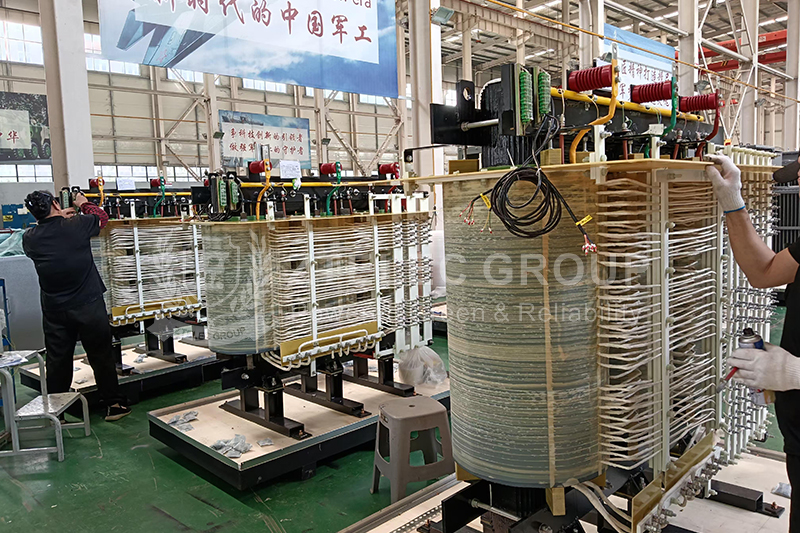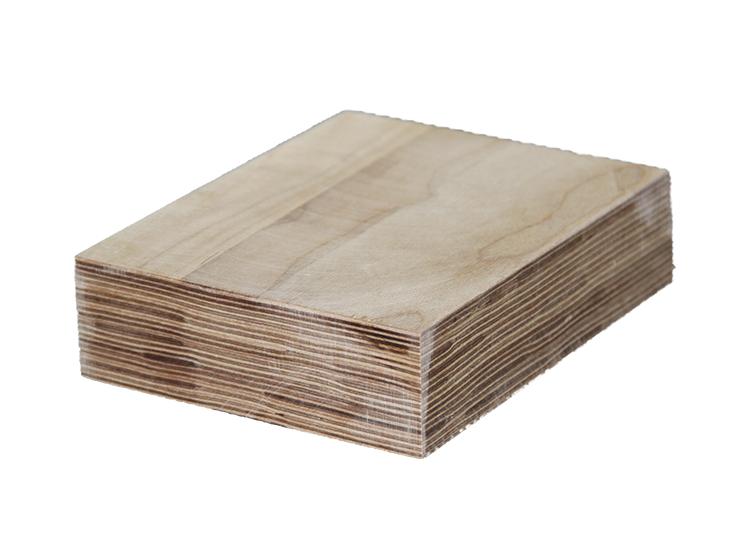Epoxy-Cast Dry-Type Transformer Winding Types: Structures, Advantages, and Applications
Epoxy-cast dry-type transformers have become essential components in modern power systems due to their superior safety, efficiency, and environmental benefits. One of the most important aspects of these transformers is the type of winding used. The winding type directly affects electrical performance, thermal behavior, short-circuit strength, and overall reliability. In this article, we provide a detailed overview of the major winding types used in epoxy-cast dry-type transformers, exploring their structures, manufacturing processes, pros and cons, and typical application scenarios.
Epoxy Resin Casting Process: Foundation of Transformer Performance
The epoxy resin casting process plays a critical role in dry-type transformer manufacturing. It provides structural integrity and excellent insulation to the windings. The casting process includes several key steps:
1. Precision Molding: Windings are fixed in metal molds, and epoxy resin is injected under vacuum to fully penetrate the winding layers. Once cured, the resin forms a solid and durable insulation layer with the conductor.
2. Vacuum Degassing: Degassing under high vacuum significantly reduces partial discharge. Measured values are typically less than 10pC, enhancing electrical performance.
3. Pressure Gelation: During the gel stage, compensation resin is injected under pressure to eliminate shrinkage gaps and casting defects, ensuring a uniform and defect-free body.
4. Step Curing: Gradual temperature increases during curing reduce internal stress and prevent cracking, improving the mechanical strength and longevity of the windings.
This controlled and advanced process provides the structural basis for the four main types of epoxy-cast dry-type transformer windings.
1. Layer Winding (Multi-layer Cylindrical Winding)
Structure: Conductors are wound in multiple axial layers to form concentric cylindrical shapes, each layer separated by insulating material.
Process: Entire winding is vacuum-cast with epoxy resin, creating a compact and mechanically stable structure.
Advantages: Simple and cost-effective manufacturing; efficient natural heat dissipation.
Disadvantages: Limited short-circuit strength, making it suitable only for low-voltage and small-capacity applications.
Applications: Widely used in distribution transformers up to 10kV with capacities ≤1600kVA.
2. Foil Winding
Structure: Instead of round or rectangular wires, this winding uses continuous copper or aluminum foil alternated with insulation layers, forming a flat, rectangular cross-section.
Process: After vacuum casting and curing, the foil windings gain exceptional mechanical strength and stability.
Advantages: Excellent short-circuit resistance due to uniform stress distribution; high space utilization; reduced eddy current losses from thin foil (<1mm); smooth current distribution.
Disadvantages: Complex manufacturing process and higher production costs.
Applications: Ideal for medium-voltage transformers (10kV–35kV) and capacities from 1000kVA to 5000kVA in industrial and utility power systems.
3. Segmented Layer Winding
Structure: A variation of layer winding where the coil is divided into several segments with insulation and cooling gaps between them.
Process: Each segment is cast independently with epoxy resin to enhance localized insulation and reduce internal stress.
Advantages: Enhanced cooling and improved inter-layer insulation; reduced voltage gradient between layers; improved dielectric performance.
Disadvantages: Slightly more complex than conventional layer winding, with longer production cycles.
Applications: Commonly used in dry-type transformers with voltage ratings of 35kV and above, especially where enhanced thermal and electrical stability is required.
4. Pancake Winding (Spiral or Continuous Disc Winding)
Structure: Conductors are wound into flat, disc-like coils (pancakes), which are stacked and separated by insulation spacers to create axial air ducts for cooling.
Process: Pancake coils are assembled, aligned with air channels, and cast as a whole with epoxy resin to retain structure and maintain thermal paths.
Advantages: Very high short-circuit strength and mechanical robustness; excellent heat dissipation due to integrated cooling channels and air circulation paths.
Disadvantages: High structural complexity and production cost; requires careful design and quality control.
Applications: Best suited for large-capacity transformers (>5000kVA), high-voltage systems (35kV+), or special applications like arc furnace transformers and rectifier transformers.
The selection of winding type in an epoxy-cast dry-type transformer is more than just a technical detail—it is a major factor that determines the transformer's electrical and mechanical performance, lifespan, and suitability for specific applications. Layer winding is a simple, economical solution for low-capacity uses. Foil winding is ideal for higher efficiency and short-circuit strength in mid-range applications. Segmented layer winding enhances insulation for higher voltages, while pancake winding delivers unmatched robustness and thermal performance for the most demanding industrial environments.
Understanding these winding structures enables power engineers and project designers to select the right transformer solution, reduce failure risks, and optimize cost-efficiency across a wide range of voltage and capacity requirements.
- more+releated article
- 2025-10-21Application of K Factor Transformer
- 2025-10-21Detailed explanation about transformer model w
- 2025-10-2010kV Oil-Immersed Transformer Safety: Lightnin
- 2025-10-20What are The Advantages of Phenolic Cotton Clo
- 2025-10-17Are Three-Phase Isolation Dry-Type Transformer
- 2025-10-17G10 Epoxy Sheet: Choosing the Right Specificat
- 2025-10-1610kV Oil-Immersed Transformer Operation Inspec
- 2025-10-163240-B Epoxy Phenolic Glass Fiber Cloth Lamina
- 2025-10-15G10 Epoxy Sheet: The Preferred Insulation Mate
- 2025-10-15Analysis of Energy-Saving and Noise Control Te





